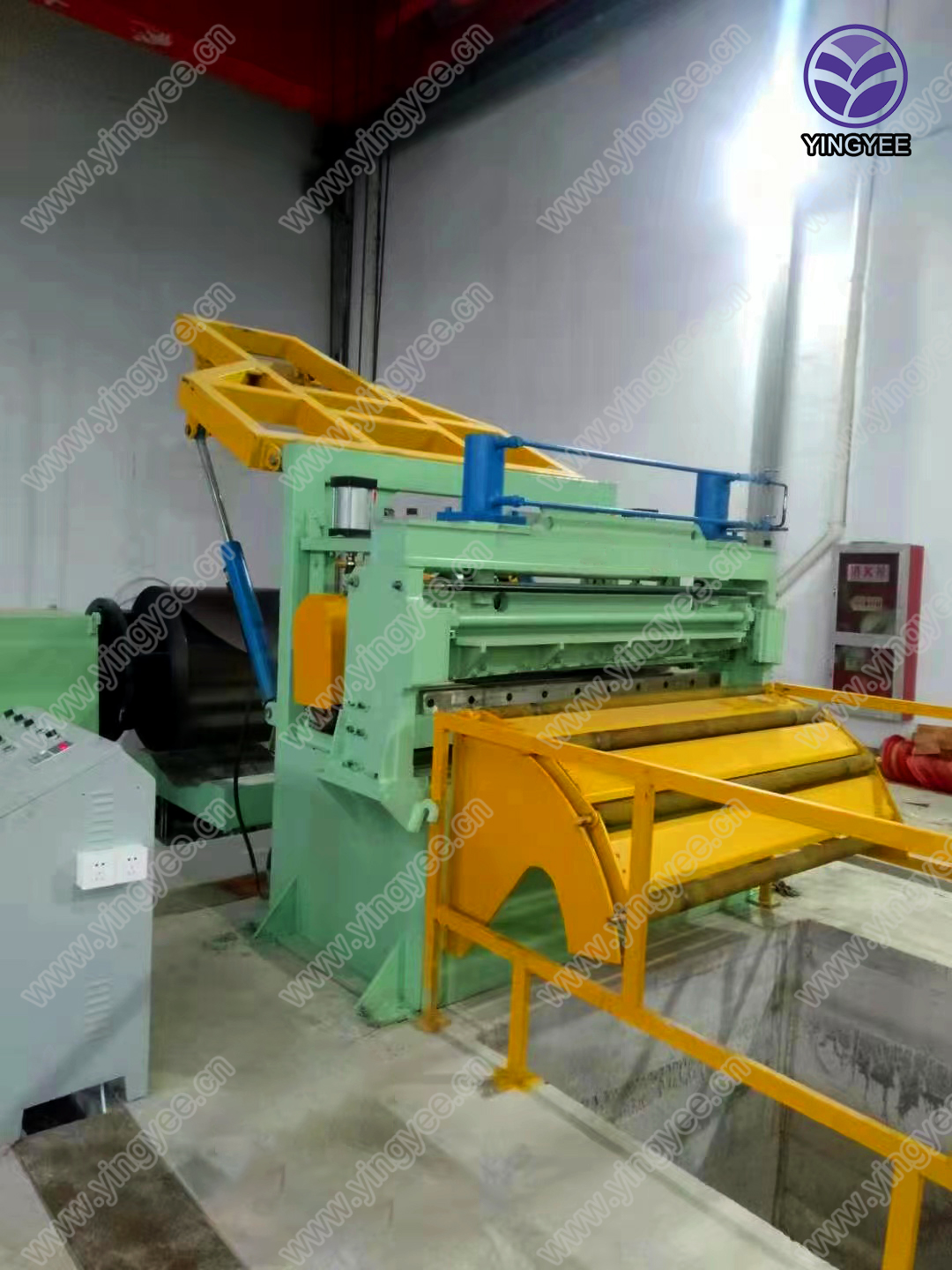
The Technology Behind Truck Fender Cold Bending Machines
In the automotive and transportation industry, efficiency and precision play a pivotal role in manufacturing components that are not only functional but also durable. One such component that requires meticulous design and engineering is the truck fender. To ensure that these fenders meet stringent standards for strength and durability, manufacturers utilize advanced machinery, notably the truck fender cold bending machine.
Cold bending is a process that involves deforming materials at room temperature, as opposed to hot bending, which requires elevated temperatures. The cold bending method offers several advantages, including better control over the final dimensions, improved surface finish, and reduced risk of material deformation due to heat. This technique is particularly useful for truck fenders, which are critical in protecting the vehicle's body and components from mud, debris, and water.
A truck fender cold bending machine is specifically designed to handle various types of materials, including steel, aluminum, and plastic composites. These machines typically feature advanced control systems that allow operators to program precise bending angles and dimensions. This ensures that every fender produced adheres to the exact specifications required for optimal performance.
The process begins with the raw material being fed into the machine, where it is securely clamped and aligned. Sensors and advanced software systems monitor the bending process, making real-time adjustments to maintain accuracy. As the material is bent, the machine applies uniform pressure, preventing any structural weaknesses that could arise from uneven force distribution.

One of the critical aspects of a cold bending machine for truck fenders is its ability to produce complex shapes. Truck fenders come in various designs, often incorporating curves and forms that enhance aerodynamics and aesthetics. The machine's versatility allows manufacturers to produce a wide range of fender designs without extensive retooling or downtime, thus increasing production efficiency.
Moreover, these machines are equipped with safety features to protect both operators and equipment. Emergency stop buttons, protective enclosures, and automated shutdown procedures are standard to prevent accidents during operation. Additionally, the machines are built to minimize waste, with systems in place to optimize materials used during the bending process.
As industries continue to focus on sustainability and efficiency, the truck fender cold bending machine represents a significant advancement in manufacturing technology. By reducing waste and energy consumption while improving product quality, these machines contribute to a more sustainable production approach.
In summary, truck fender cold bending machines play an essential role in the manufacturing process, offering precision, efficiency, and flexibility. With the ability to work with various materials and produce complex shapes, these machines ensure that truck fenders meet the high standards expected in the automotive industry. As technology continues to evolve, further innovations in cold bending techniques may emerge, further enhancing the capabilities of manufacturers and contributing to the overall advancement of the automotive sector.